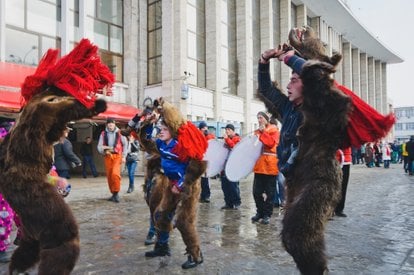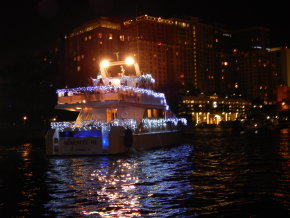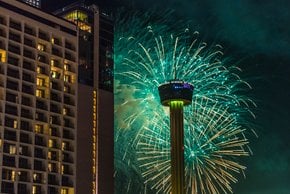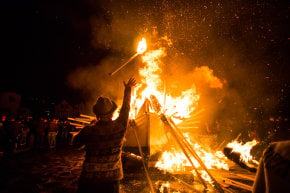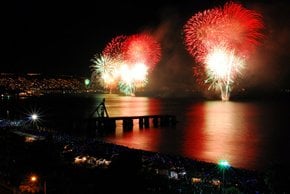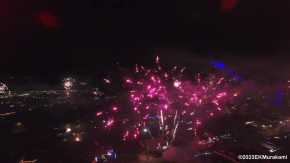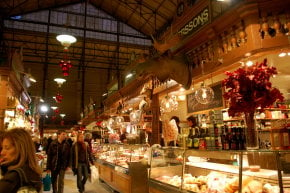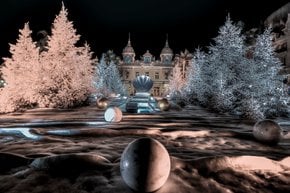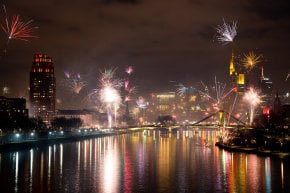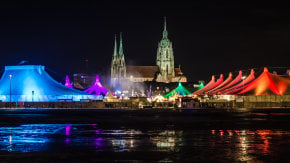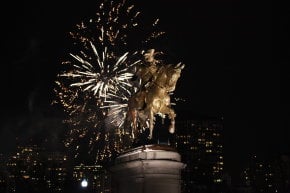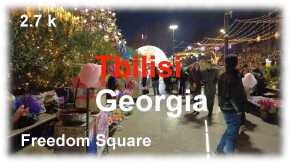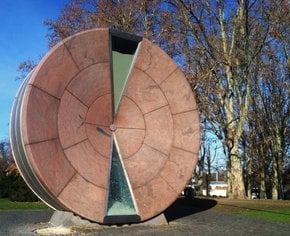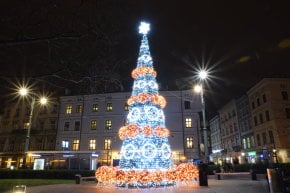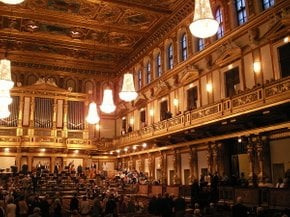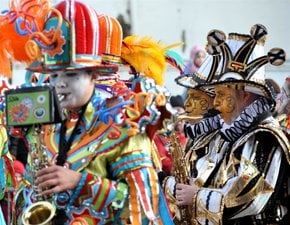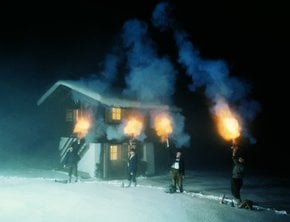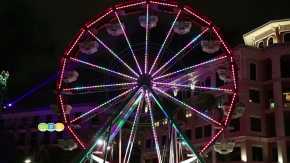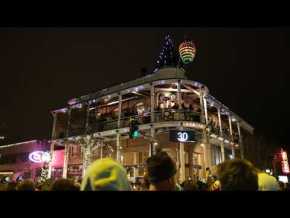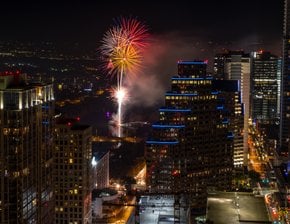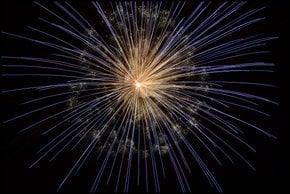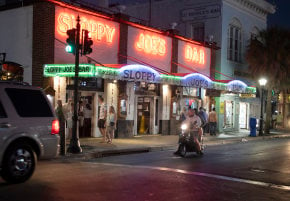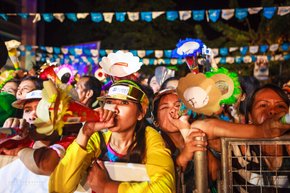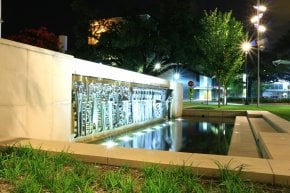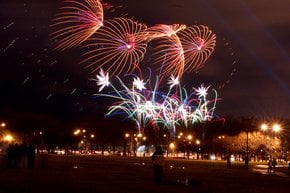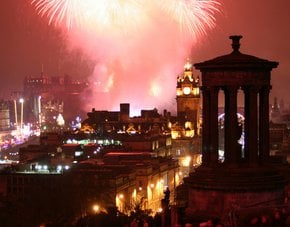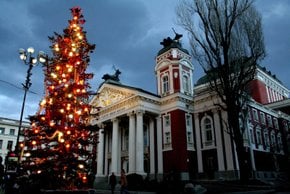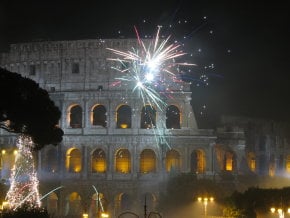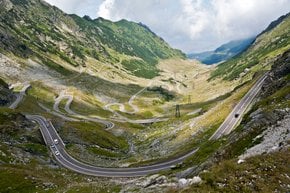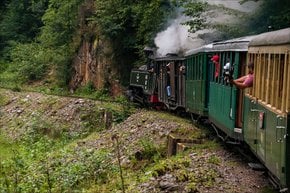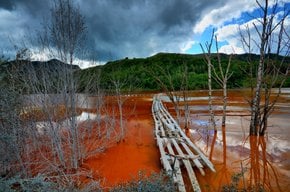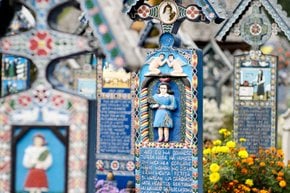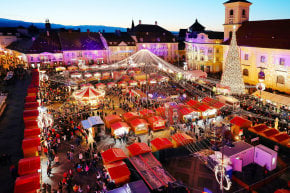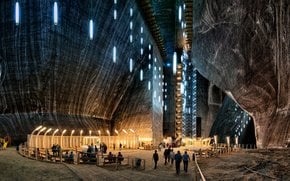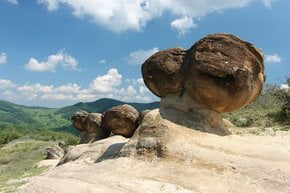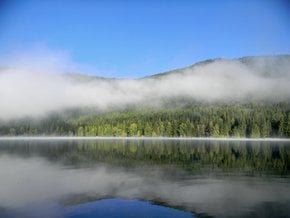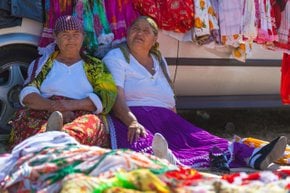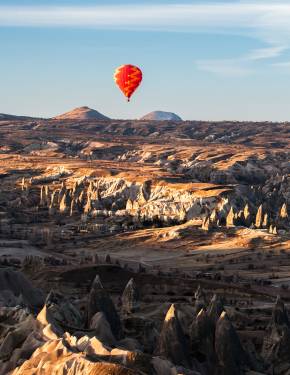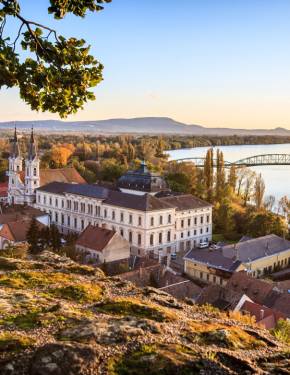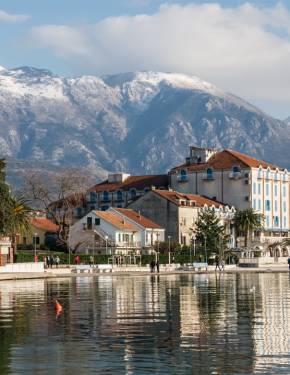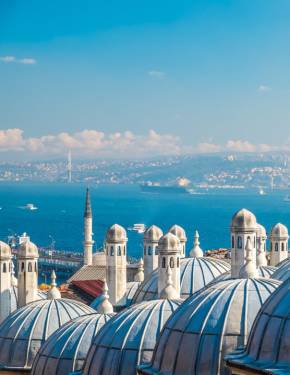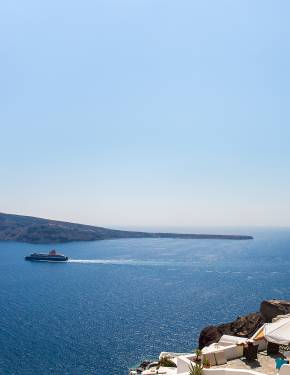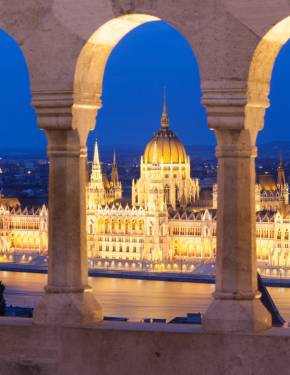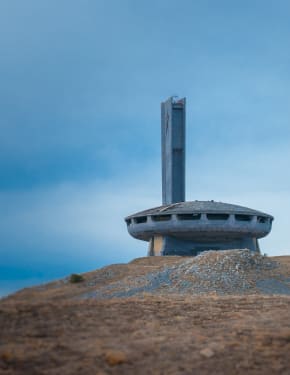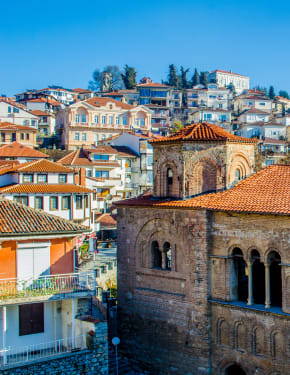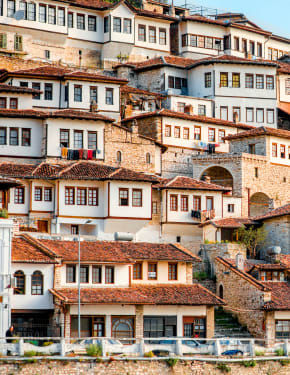Neujahrsbären 2025-2026 in Rumänien
Die Menge der Bären tanzt, knurrt, rollt, stirbt und dann in den verschneiten rumänischen Straßen aufersteht
Termine: Dezember 31–Januar 1
Am Silvesterabend sehen die verschneiten Straßen der rumänischen Städte ein unglaubliches Spektakel: Hunderte von Menschen, die in Bärenfellen gekleidet sind, tanzen und knurren zu den Klängen von Trommlern und Panpipes, um alle bösen Geister abzuwehren. Eine beängstigende babushka führt die mystische Prozession mit einem Bärenjungen den ganzen Weg. Der Tanz der Bären gipfelt mit ihrem symbolischen Tod und ihrer Auferstehung. Die Regenerationsriten symbolisieren, dass der Frühling bald kommen wird.
Die so genannten Ursul-Festivals finden im ganzen Land statt. Die Tradition stammt jedoch aus dem Trotus-Tal, nämlich aus Comăneşti, Kreis Bacău. Die Stadt gilt immer noch als einer der besten Orte, um die Feier zu erleben. Die Stadt Comăneşti liegt etwa 300 km nördlich der rumänischen Hauptstadt Bukarest.
The bear skins worn by the dancers, which can weigh up to 50 kilograms (110 pounds), are cherished heirlooms passed down through generations. Each group carefully preserves the techniques they use to maintain the furs, ensuring they remain in excellent condition and ready for the next year's festival.
In ancient Romania, the bear was revered as a sacred animal, and the tradition of bear dancing is thought to have begun centuries ago among the Roma people. They would visit villages with live bears on leashes, performing dances to drive away the bad spirits of the old year. However, bear dancing was banned during the communist era and was officially outlawed in 1998. When Romania joined the European Union in 2007, the remaining dancing bears were purchased from their owners and relocated to a bear sanctuary in the Rila Mountains. Nevertheless, the tradition endures through the Bear Dance Festival in Comănești, where the spirit of this ancient custom is kept alive.
The so-called Ursul festivals take place all across the country. However, the tradition stems from the Trotus Valley, namely from Comăneşti, Bacău County. The town is still considered one of the best places to experience the celebration. Comăneşti is roughly 190 mi (300 km) north of Romania's capital Bucharest.

